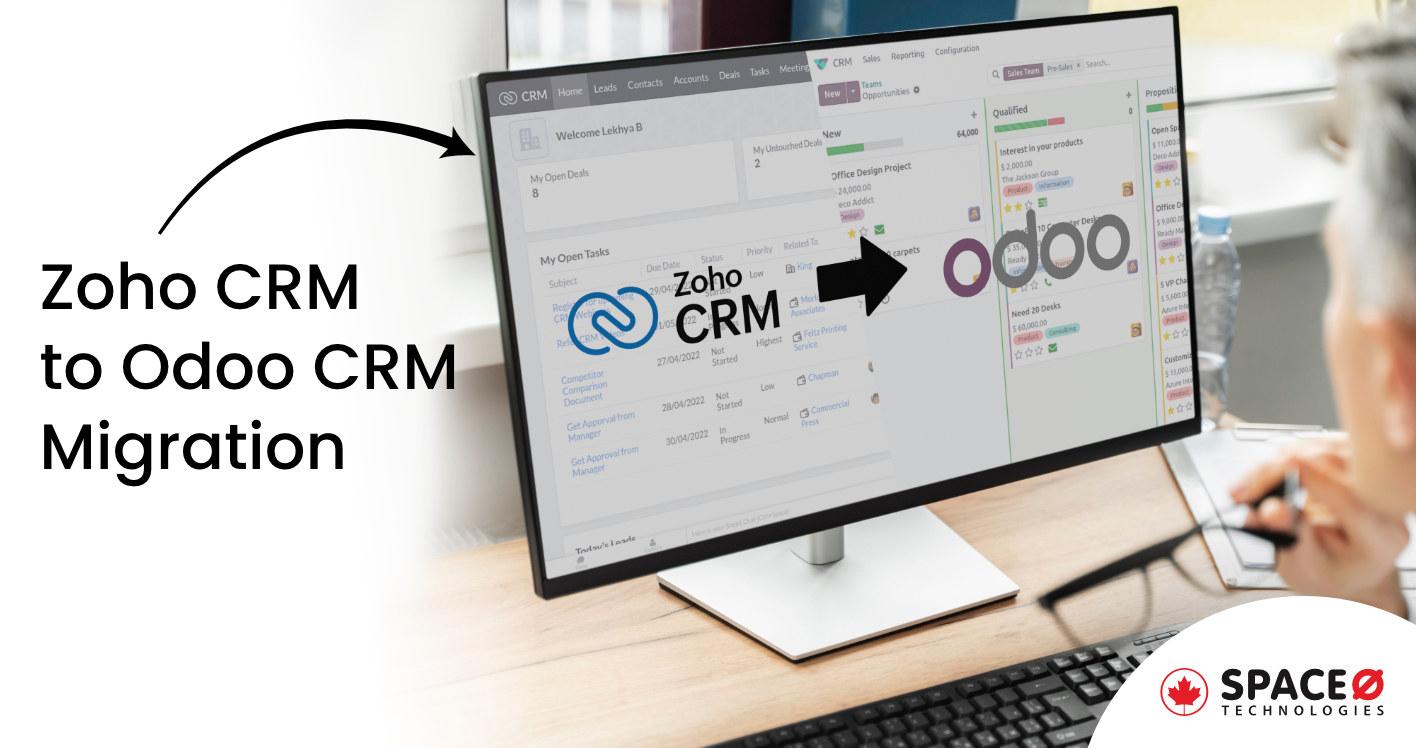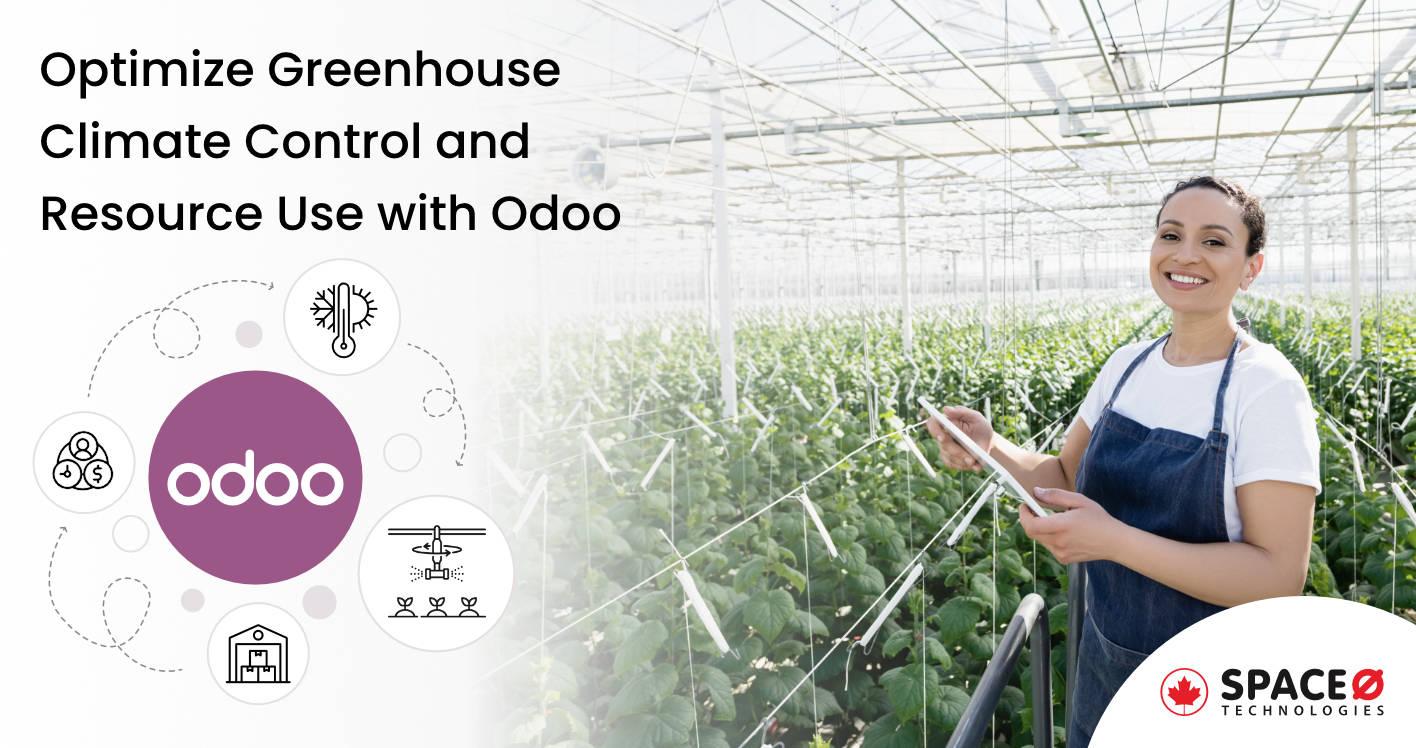
How Odoo Resolves Greenhouse Business Supply Chain Challenges
As a greenhouse manager, you know greenhouse operations face acute volatility from shifting consumer preferences and seasonal demand shifts. This makes strategic inventory planning vital to smooth supply cycles in this fast-paced environment. However, the constant fluctuation also makes reliable planning incredibly difficult.
This is where tailored Odoo application development can make all the difference. By using Odoo’s flexible framework, greenhouses can create customized ERP apps providing sales forecasting, inventory visibility, automated production schedules, and climate/equipment integrations. These targeted solutions optimize margins despite market variability.
Let’s break down why this constant fluctuation is so hard to conquer on your own, and how developing a custom Odoo-based greenhouse solution empowers more agile, profitable operations.
Table of Contents
Exploring 3 Key Challenges in Greenhouse Supply Chain Operations
-
Uncertainty of Consumers Demand in the Greenhouse Business
- The Volatility of Consumer Preferences: Consumer preferences change rapidly, faster than plants or herbs are cultivated. A product that sold well last season may end up with an unsold surplus this year. Similarly, an unforeseen social media trend embracing unique herbs could outpace supply.
- Extreme Fluctuations Around Holidays: A single holiday weekend can rapidly deplete inventory, while the next could prompt desperation to sell leftover stock. These extreme ups and downs make planning very challenging for greenhouse businesses.
Check the following table to understand the above two scenarios better. This table describes the average demand increase and potential loss if demand remains untapped.
Holiday Average Demand Increase* Potential Loss (Untapped Demand) Valentine’s Day +50% (Edible arrangements) 20% of projected revenue Thanksgiving +60% (Produce for meals) 30% of projected revenue Example Figures – Illustrative Purposes
Imagine knowing those microgreen restaurants’ demands will be ready without overproducing. Odoo makes accurate planning and just-in-time stocking a reality, so you never miss a sale or toss money in the compost bin.
-
Facing Operational Challenges: Improving Efficiency with Better Systems
- Order Fulfillment Confusion: Trying to handle sizable retailer orders while also prioritizing small but valuable restaurant orders strains resources. Dated systems lead to inefficiency, inflated labor costs, and strained buyer relationships when errors occur.
- Lack of Real-Time Data: Without real-time inventory totals readily available, either assurances of future microgreen stock risk being misleading or sales are lost altogether. Precise, up-to-date figures are essential to answer on-demand requests reliably.
To understand the impact of these operational challenges, examine the table showing how labor costs increase by 15-30% for small, mixed, and irregular orders compared to uniform batching.
Order Size % Increased Labor Cost (vs. Uniform Batching) Pallet (Retailer) Base Level Mixed Boxes (Wholesale) +15% Microgreens (Direct/Restaurant) +30% -
Dealing with Time Constraints: Handling Perishable Goods
- Underestimating Demand Loses Sales: If you underestimate demand, customers will not wait – lost sales lead to dissatisfied buyers and reputation damage.
- Overproduction Damages Profits: If you overproduce, the excess inventory can remain unsold, directly reducing your bottom line. With Odoo’s inventory transparency and demand forecasting, you can minimize perishable waste without missing high-profit opportunities.
To understand the financial impact of overproduction, examine the table showing potential profit losses of up to $100, $500, and $1000 for common products if 15% remains unsold.
Shelf Life (Typical Products) Potential Profit Loss if 15% Unsold Leafy Greens Up to $100 Loss Specialty Herbs Up to $500 Loss Flowering Plants Up to $1000 Loss Is your supply chain holding your greenhouse back from maximizing profits? It’s time to shift from reacting to problems to proactive planning. Odoo transforms unpredictable guesswork into strategic, profit-focused inventory and production decisions.
Streamline Your Supply Chain Operations for Better Sales and Profits
Contact Space-O Technologies. Discover how Odoo helps to get the control required to not just survive seasonality but thrive year-round.
FAQ Around Greenhouse Supply Chain Stability with Odoo
-
Is Odoo flexible and reliable in managing unpredictable orders?
Absolutely. Odoo’s forecasting feature analyzes sales, seasonality, and even the competition to help you accurately predict demand, minimizing unexpected shortages and wasteful overproduction.
-
Does Odoo work with my existing systems?
Yes, Odoo is designed for integration. Whether it’s your accounting software, climate control systems, or seed suppliers, Odoo can connect them for a smooth data flow.
-
Will implementing Odoo disrupt my day-to-day?
As an experienced software development agency, we offer uninterrupted implementation of Odoo in your greenhouse business. Our Odoo experts design customized implementation roadmaps that align with your workflows to incrementally integrate apps on your timeline. Using testing environments and cloud infrastructure, we integrate smoothly without disrupting your day-to-day ability to meet client requirements.
-
Can I customize Odoo for my greenhouse’s unique needs?
Customization is the key benefit Odoo offers in its platform. With Odoo’s customization, you can tailor to track your specific plant varieties, growth cycles, harvest data, and other key metrics.
-
Is Odoo a good fit for a smaller greenhouse?
Odoo scales with you. Whether you are starting small or have growth plans, Odoo’s modular design lets you add functionality as your operation expands.
-
Does Odoo offer features specific to the greenhouse industry?
Yes, Odoo offers default functionalities like inventory, CRM, sales, and manufacturing. We understand each greenhouse has unique requirements. Whether you need to track plant varieties, growth cycles, climate-based harvesting schedules, or have ideas for optimization, we can tailor Odoo’s flexible framework to greenhouse business requirements.
-
What is the cost of Odoo development?
The cost of Odoo development depends on the specific modules, customizations, and level of support needed for your business requirements. Our Odoo consultants can provide a personalized quote as per your requirements. Contact us for a customized estimate.
-
Is Odoo easy to use for non-technical teams?
Odoo is famous due to its user-friendly interface. In addition, Space-O Technologies provides training and support to ensure your staff learns to use Odoo efficiently in a quick time. Odoo streamlines complex inventory and production processes through simple menus and workflows.
-
How much support does Space-O Technologies offer after Odoo implementation?
We ensure the successful implementation of Odoo. We offer ongoing support plans covering assistance, updates, and process optimization as your requirements evolve.
-
How can I learn more about Odoo for my greenhouse?
Contact Space-O Technologies to schedule a personalized discovery call. We discuss your pain points and how Odoo can address them.
Conclusion
Take control of your greenhouse’s profitability by implementing Odoo’s demand forecasting, inventory planning, and production scheduling to smooth volatile supply cycles. Contact us today to transform unpredictability into strategic, margin-focused decisions.
Don’t let sales fluctuations continue holding your margins hostage. Schedule a discovery call with Space-O Technologies to learn how Odoo gives greenhouses the supply chain stability required to grow in any season.
Editor's Choice

How to Migrate from Zoho CRM to Odoo CRM Community Edition

A Case Study on Integrating Moneris Payment Gateway in Odoo ERP

How Odoo Optimizes Climate Control and Resource Use in Greenhouse Operations
All our projects are secured by NDA
100% Secure. Zero Spam
*All your data will remain strictly confidential.
Trusted by


Bashar Anabtawi
Canada
“I was mostly happy with the high level of experience and professionalism of the various teams that worked on my project. Not only they clearly understood my exact technical requirements but even suggested better ways in doing them. The Communication tools that were used were excellent and easy. And finally and most importantly, the interaction, follow up and support from the top management was great. Space-O not delivered a high quality product but exceeded my expectations! I would definitely hire them again for future jobs!”

Canada Office
2 County Court Blvd., Suite 400,
Brampton, Ontario L6W 3W8
Phone: +1 (437) 488-7337
Email: sales@spaceo.ca


